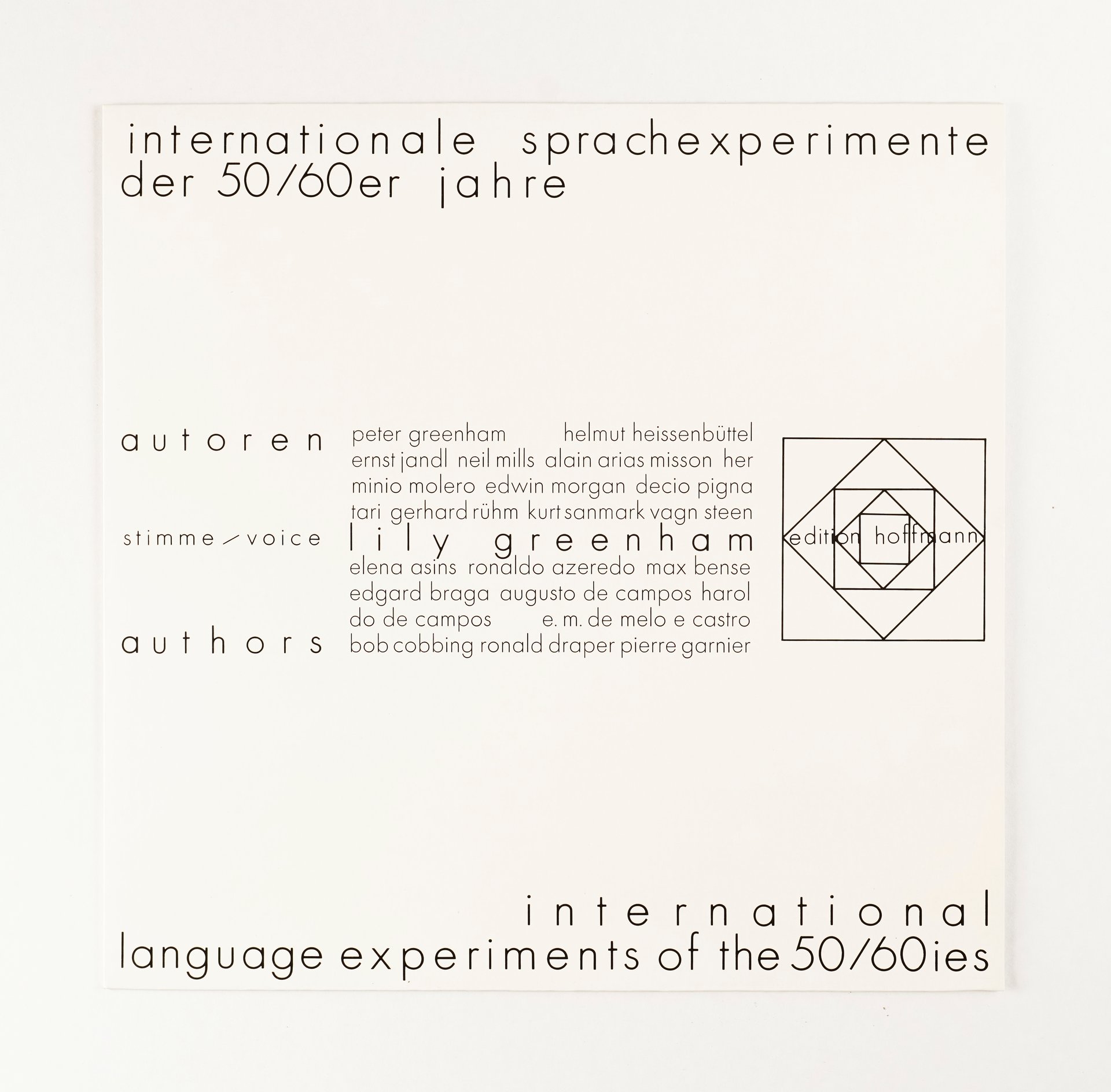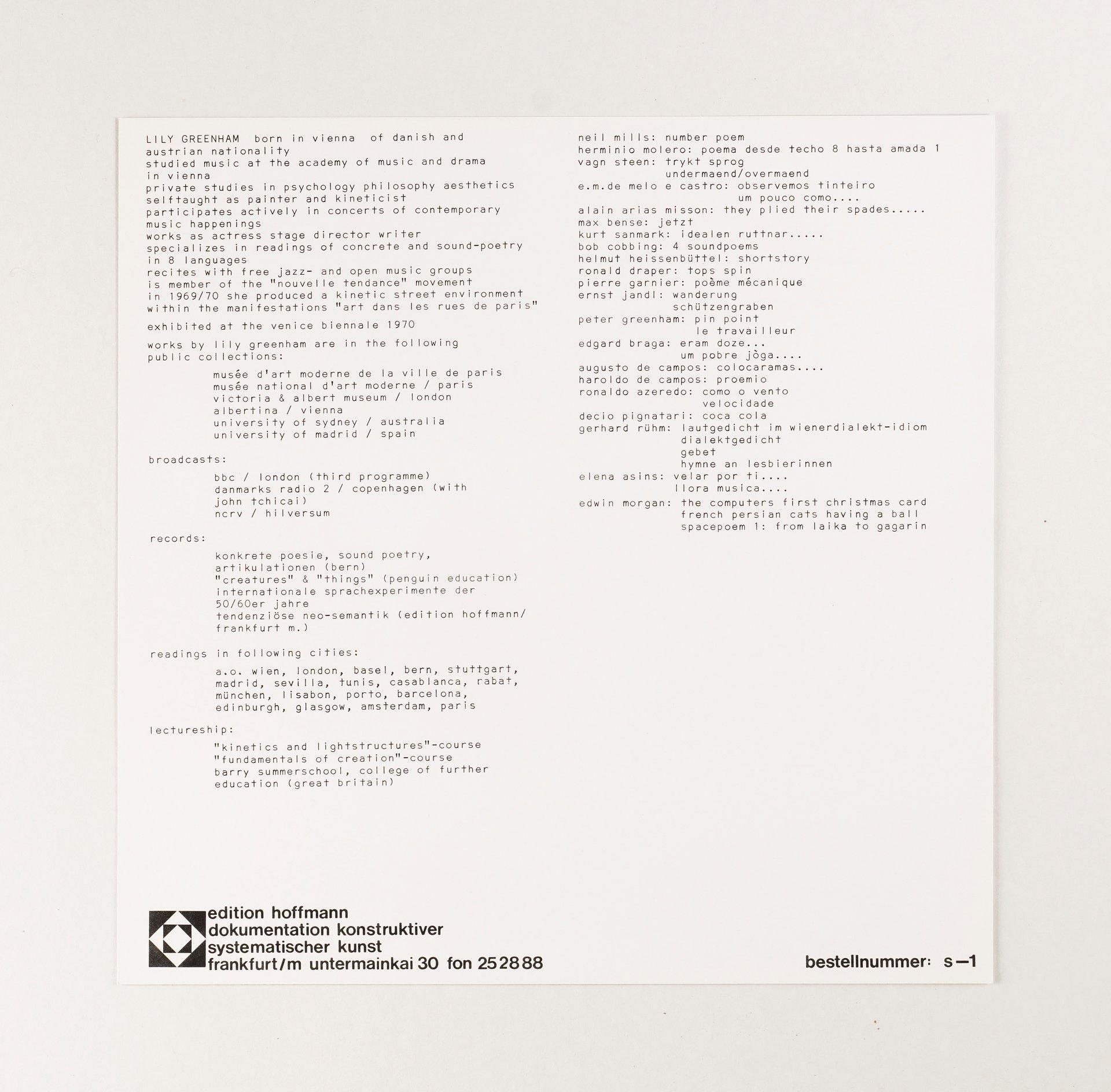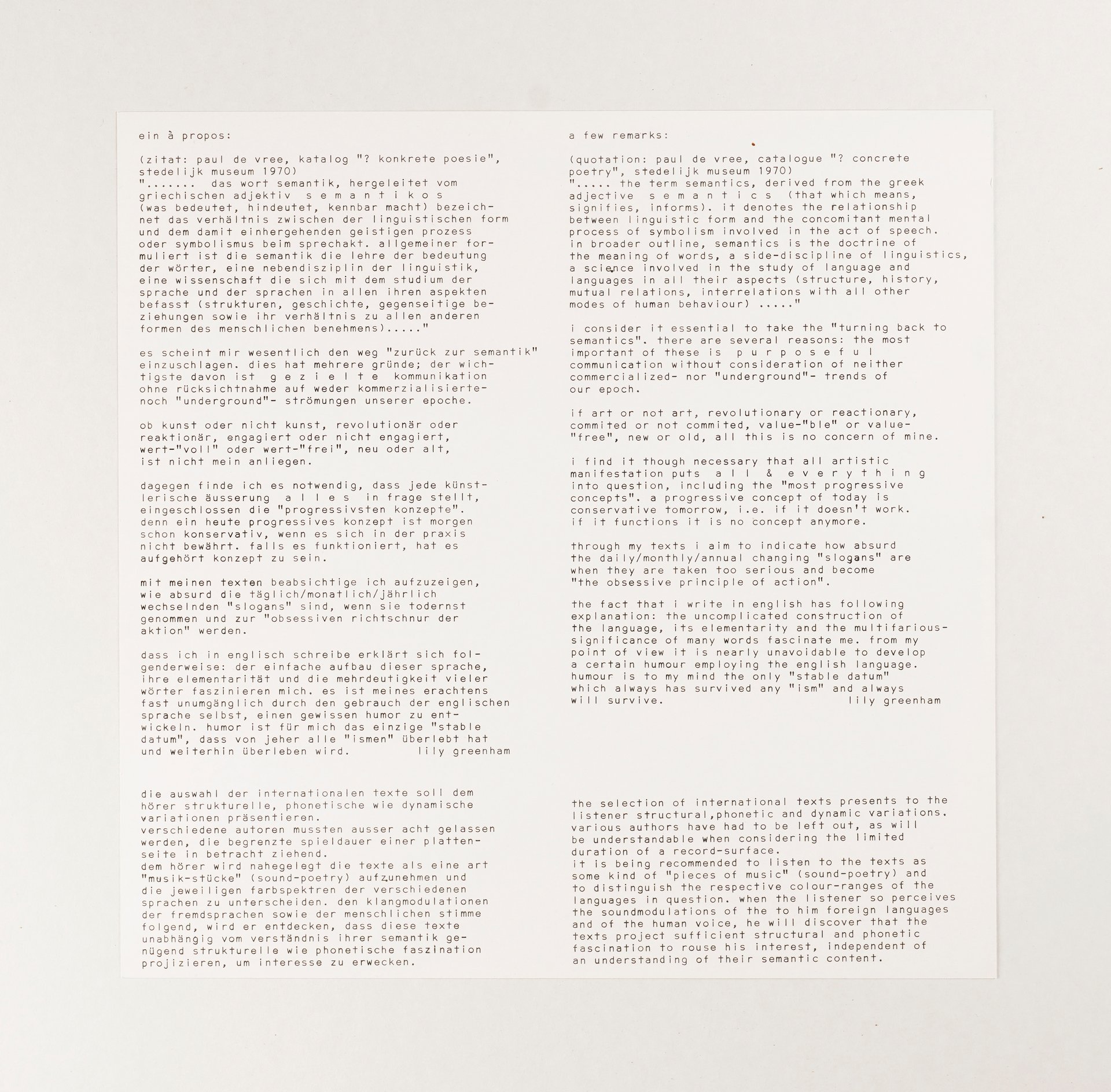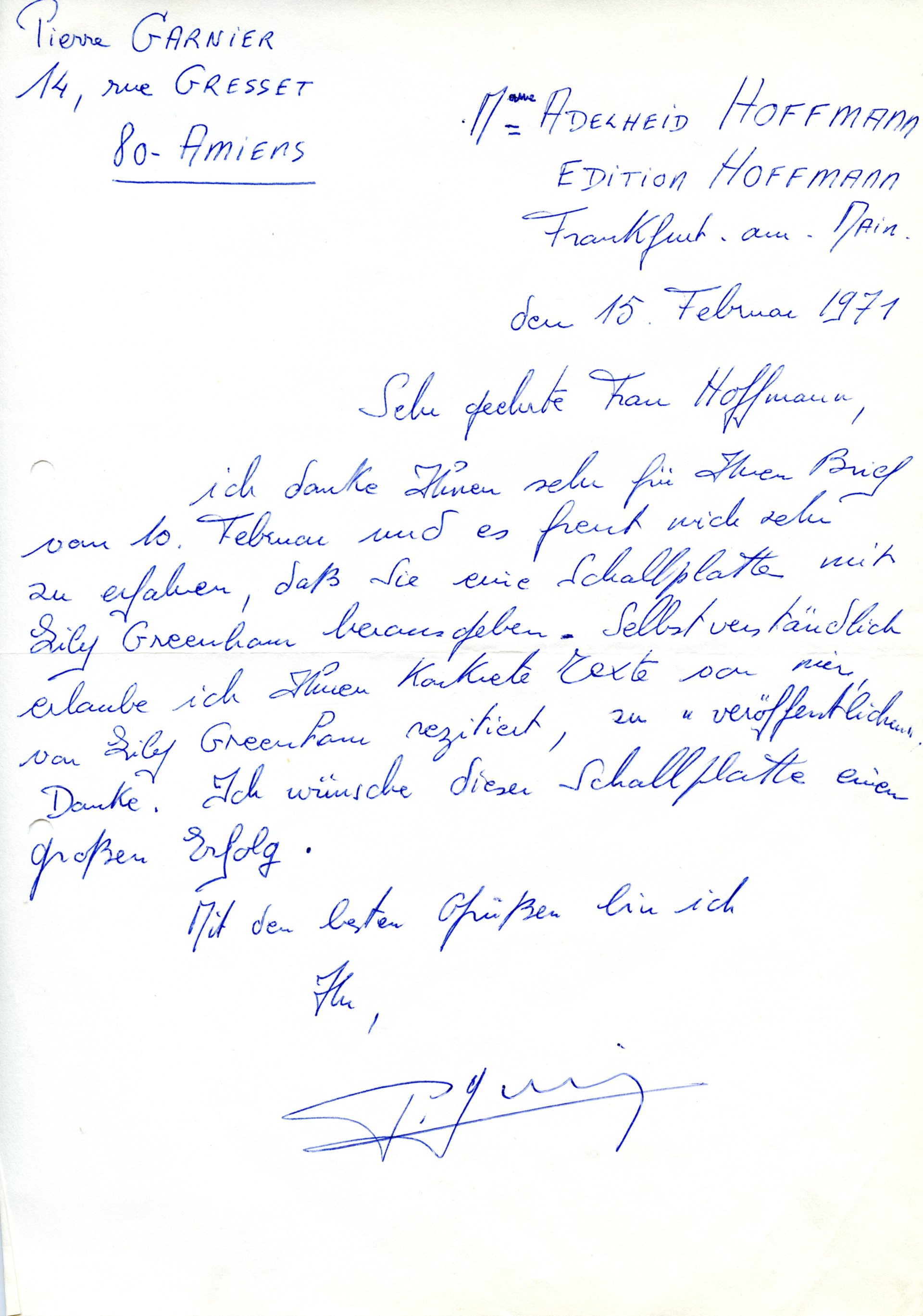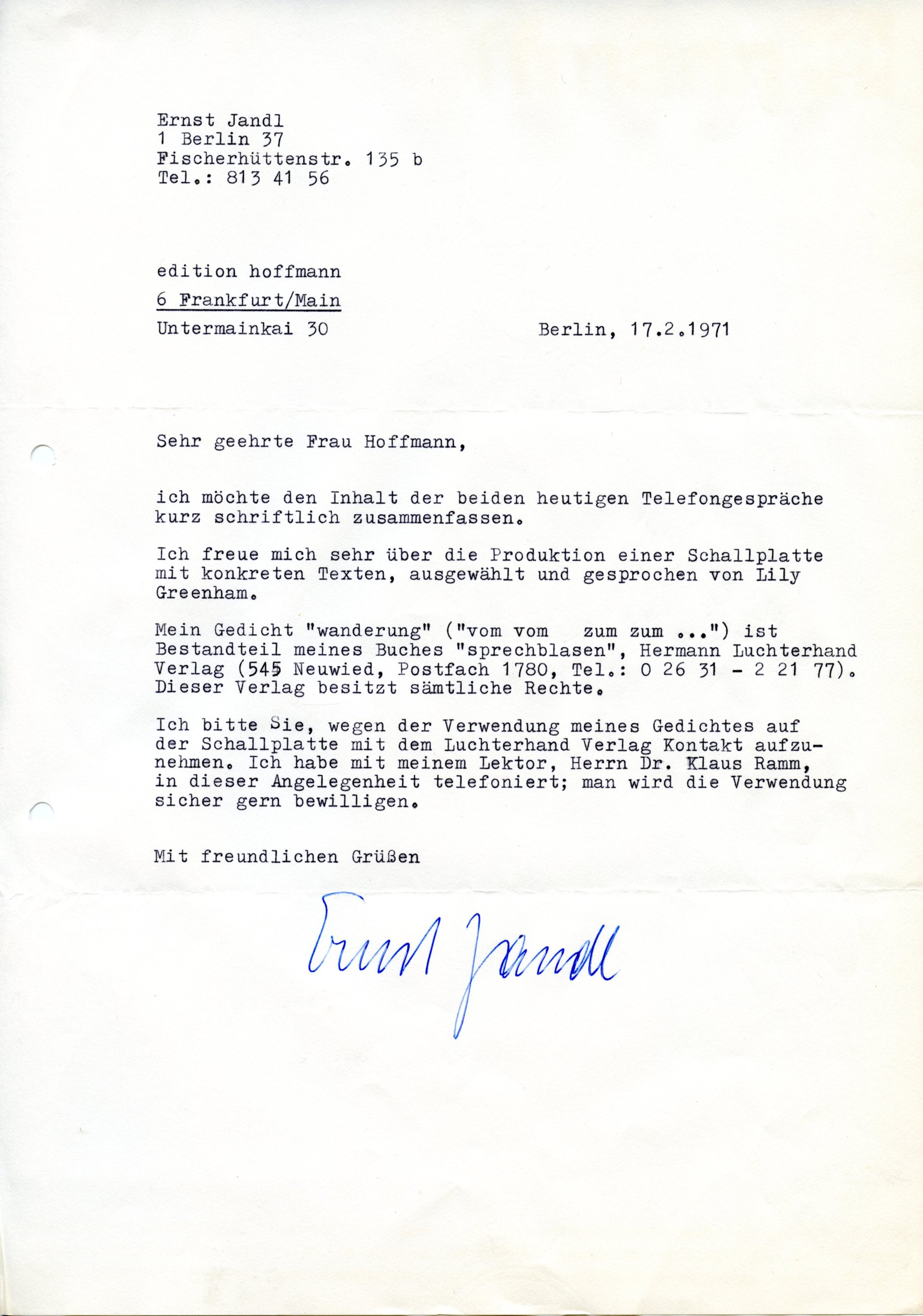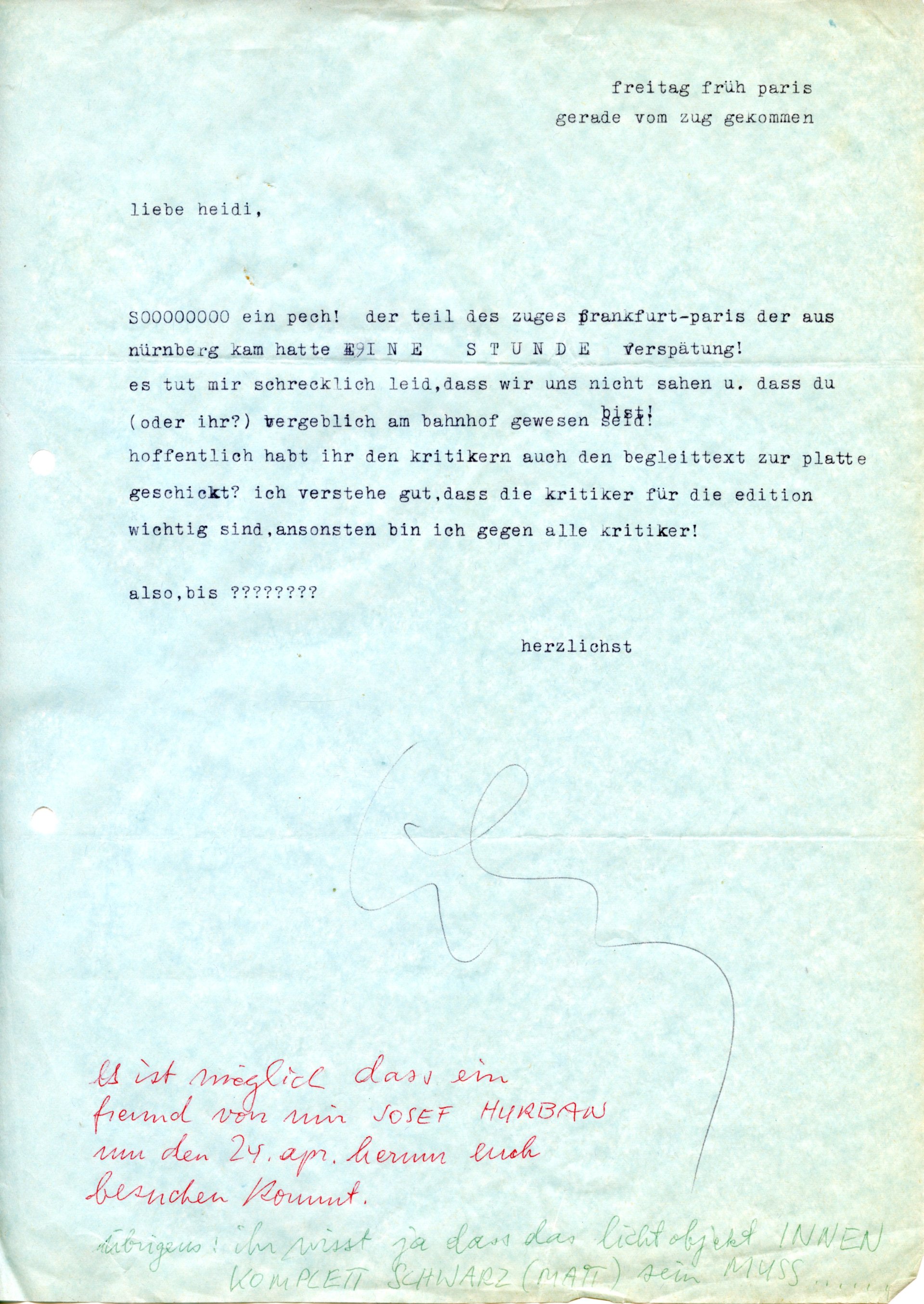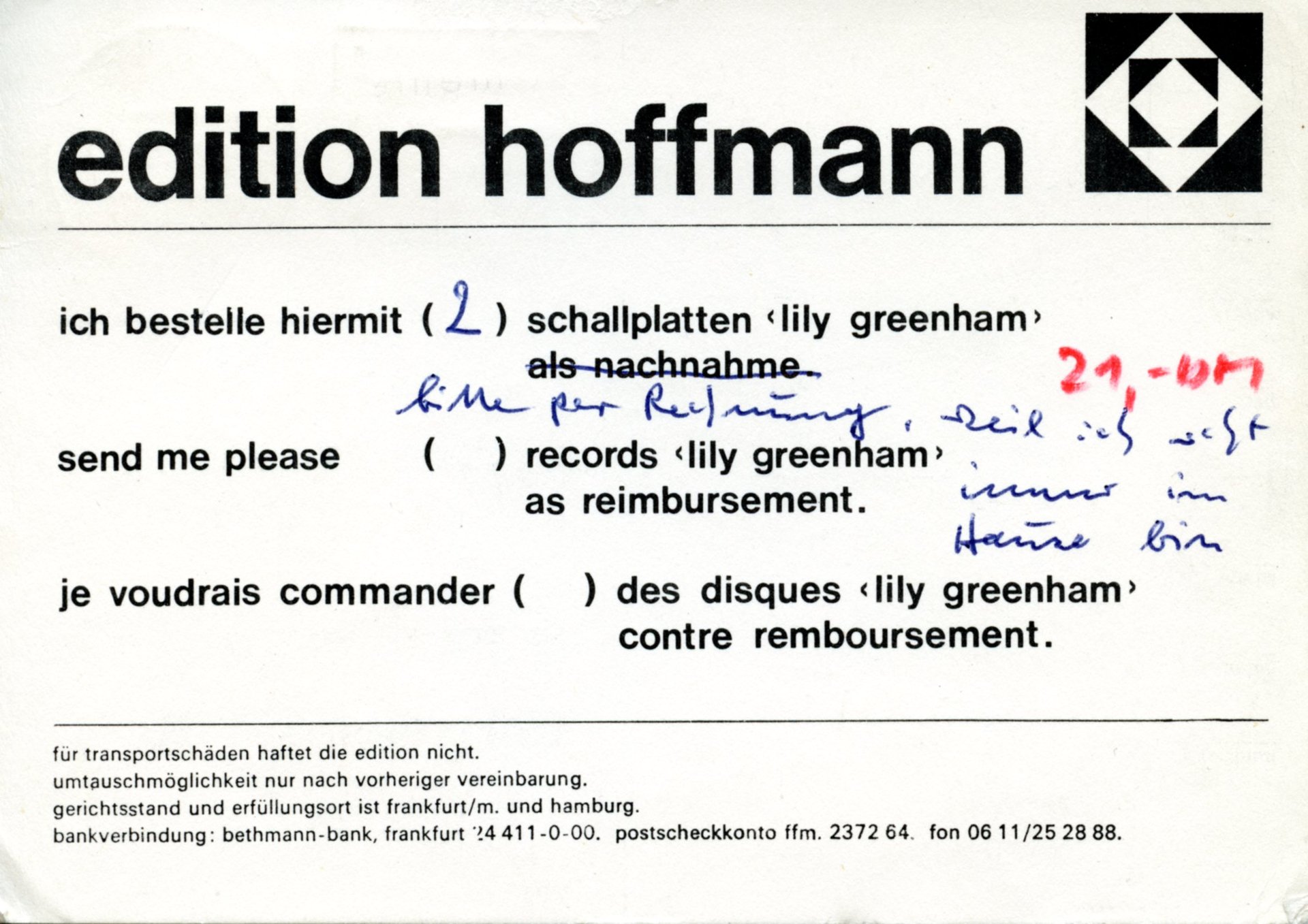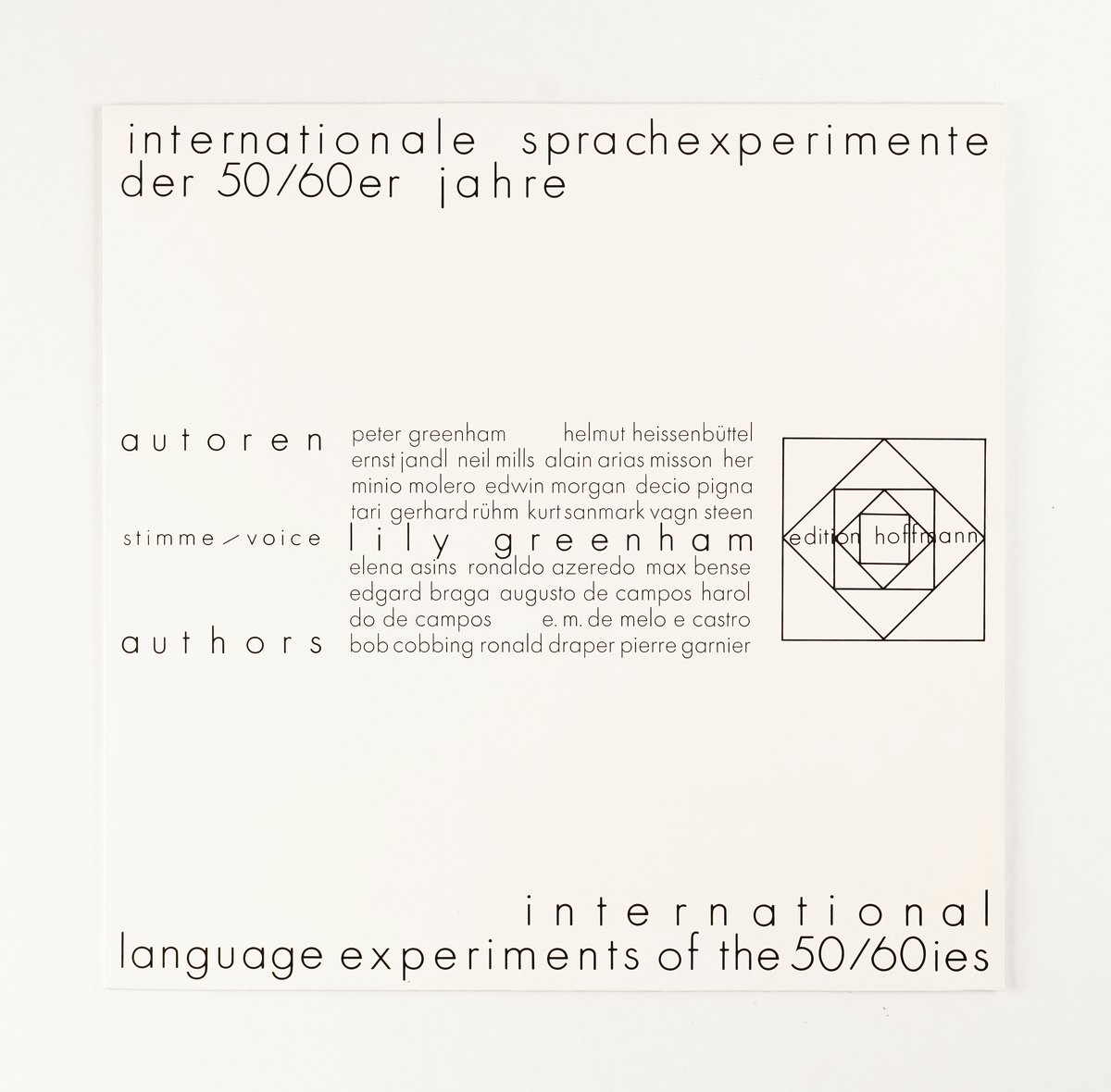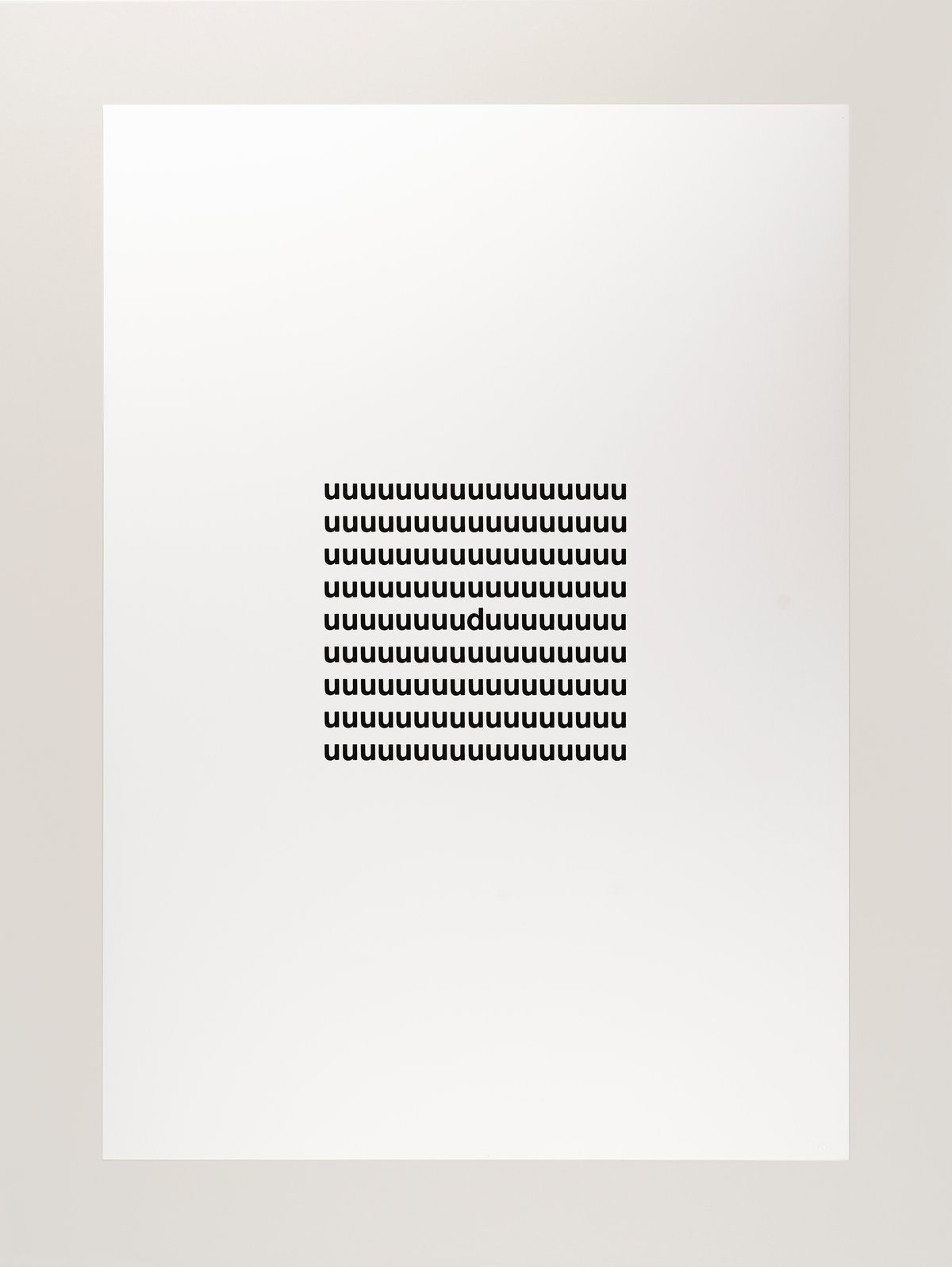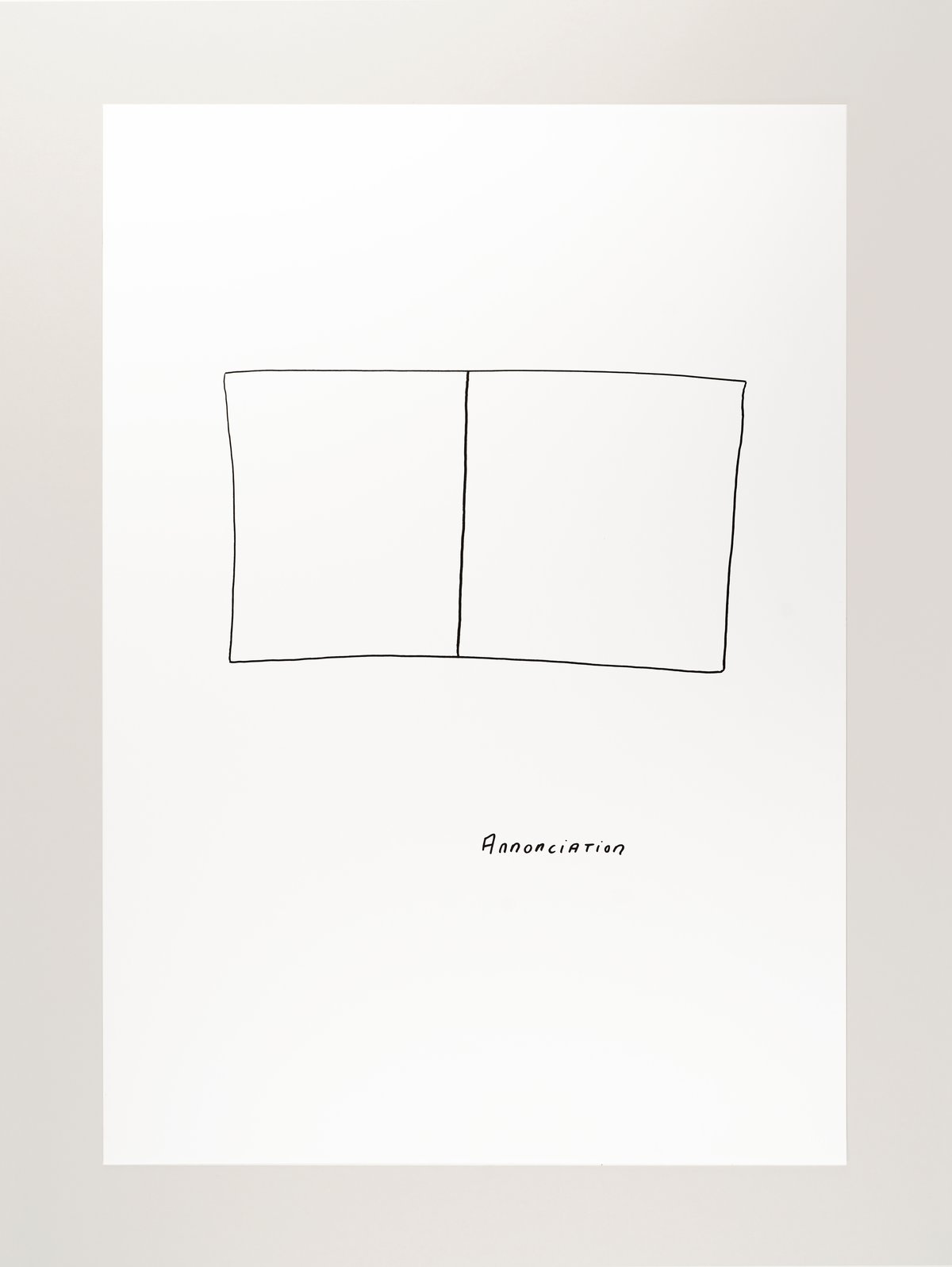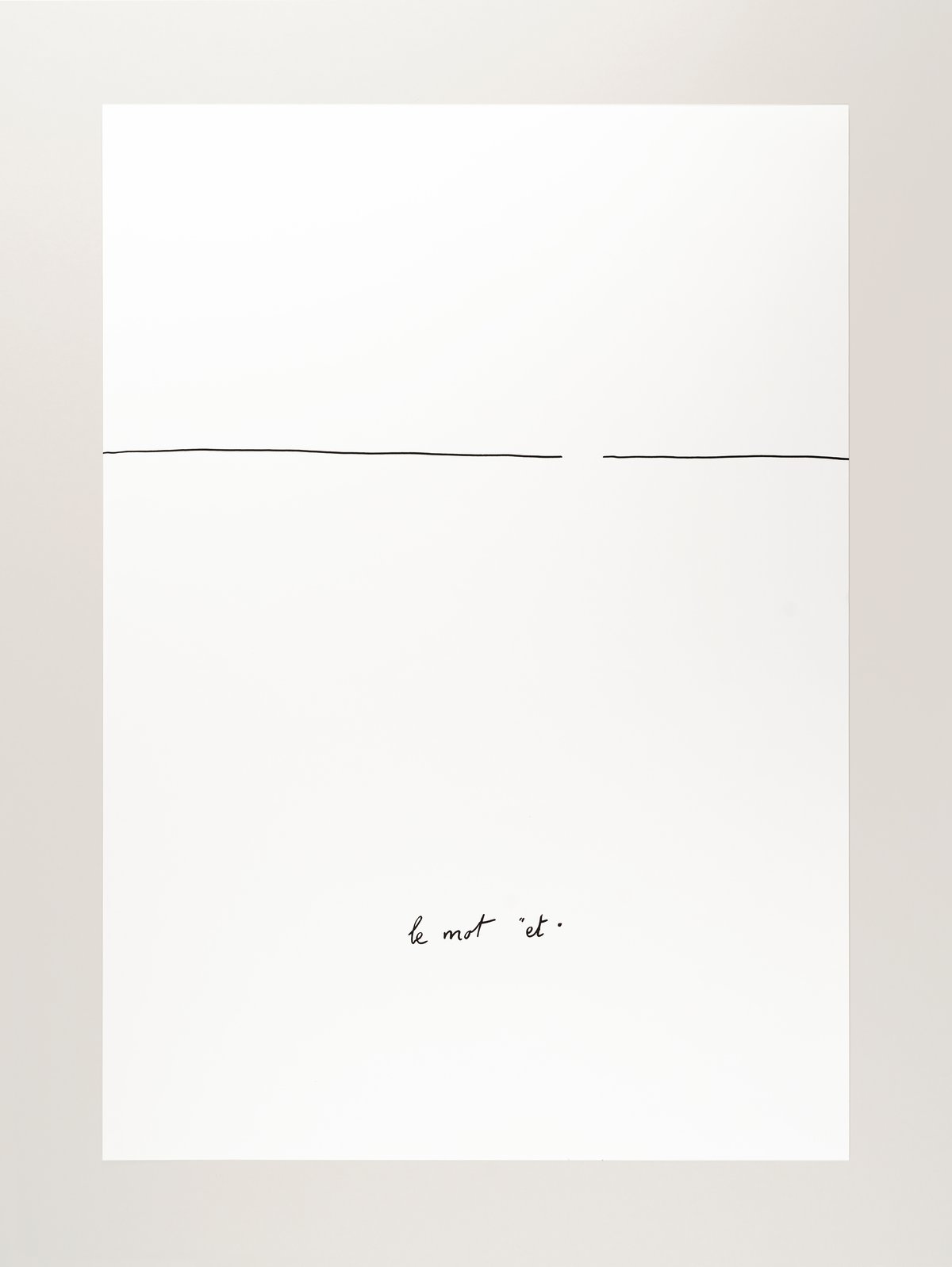a few remarks:
"...the term semantics, derived from the greek adjective. semantics (that which means, signifies, informs). it denotes the relationship between linguistic form and the concomitant mental process of symbolism involved in the act of speech. in broader out line, semantics is the doctrine of the meaning of words, a side-discipline of linguistics, a science involved in the study of language and languages in all their aspects (structure, history, mutual relations, interrelations with all other modes of human behaviour)..." ––paul de vree in "sound tetxts, ? concrete poetry, visual texts," stedelijk museum, 1970
i consider it essential to take the "turning back to semantics". there are several reasons: the most important of these is purposeful communication without consideration of neither commercialized- nor "underground"- trends of our epoch.
if art or not art, revolutionary or reactionary, commited or not commited, value-"ble" or value-"free", new or old, all this is no concern of mine.
i find it though necessary that all artistic manifestation puts all & everything into question, including the "most progressive concepts". a progressive concept of today is conservative tomorrow, i.e. if it doesn't work. if it functions it is no concept anymore.
through my texts i aim to indicate how absurd the daily/monthly/annual changing “slogans” are when they are taken too serious and become "the obsessive principle of action".
the fact that i write in english has following explanation: the uncomplicated construction of the language, its elementarity and the multifarious-significance of many words fascinate me. from my point of view it is nearly unavoidable to develop a certain humour employing the english language. humour is to my mind the only "stable datum" which always has survived any "ism" and always will survive. ––lily greenham
the selection of international texts presents to the listeners structural, phonetic and dynamic variations. various authors have had to be left out, as will be understandable when considering the limited duration of a record-surface.
it is being recommended to listen to the texts as some kind of "pieces of music" (sound-poetry) and to distinguish the respective colour-ranges of the languages in question. when the listeners so perceive the soundmodulations of the to them foreign languages and of the human voice, they will discover that the texts project sufficient structural and phonetic fascination to rouse their interest, independent of an understanding of their semantic content.

